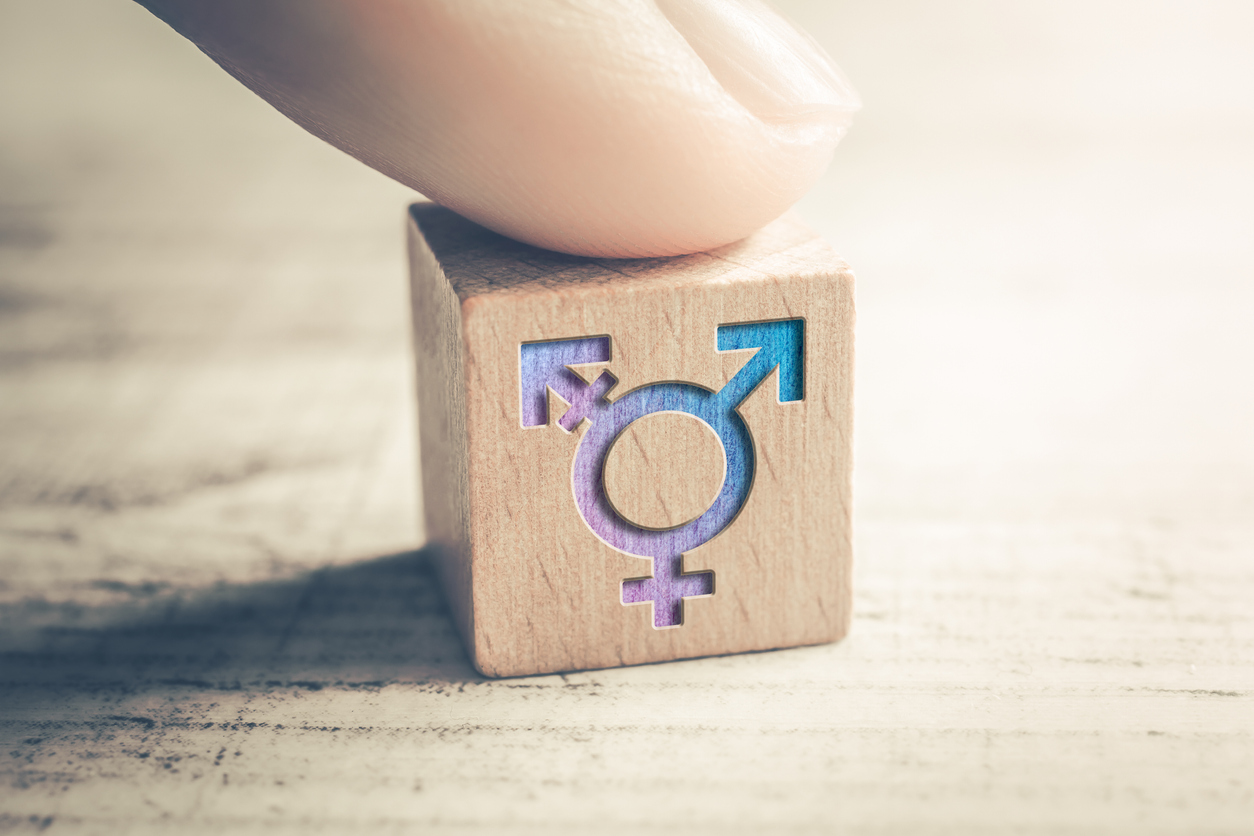It's okay to question your gender identity as you grow older
Your gender identity is something that you come to understand for yourself. If you are questioning your gender, this page will help you assess whether you identify as transgender and explain the concept of gender dysphoria.
What is gender?
Traditionally, gender has been defined as being either one of the two sexes: male or female. But gender is actually a much broader concept. There is a lot more to gender than the sex you were assigned at birth, and it does not tell the complete story of who you are.
What is gender identity?
Gender identity is how you feel about your gender on the inside. It is the psychological sense of feeling like a woman, a man, both, in between or something else. You can read Sex, gender and sexual orientation: An Overview to learn more about the concepts of identity.
What does it mean to be transgender?
Transgender is a term for someone whose gender identity differs from their assigned sex at birth. There are many different recognized terms that transgender people use to describe themselves. These include, but are not limited to, the following:
- Transgender man, women or person
- Trans man, women or person
- Assigned female at birth (AFAB)
- Assigned male at birth (AMAB)
- Non-binary person
- Two-spirit
- Gender-fluid person
- Genderqueer person
- Agender person
- Demi boy
- Demi girl
- Transmasculine person
- Transfeminine person
Whichever way a person identifies, it is always best to use the terms that they prefer.
How do I know if I’m transgender?
Most children by the age of three are aware of their own gender, including being transgender; and it is okay to question your gender identity as you grow older. If you are questioning your gender identity, it may be helpful to speak to a counsellor or therapist. They can help you in your journey to assess whether you identify as transgender.
It can also be helpful to talk to close friends and family about how you are feeling, as well as other transgender people who may have gone through what you’re going through. You can often find support and guidance through LGBTQ2S+ community centres and organizations, so those are good places to start! It is important to make your personal safety a priority when reaching out for help and advice, so you should only do what feels safe to you.
What is gender dysphoria?
People who are transgender may have gender dysphoria. This is a diagnosis used by health-care providers to describe the distress, unhappiness and anxiety that transgender people may feel about the mismatch between their assigned sex at birth and their gender identity. This distress is usually related to how others perceive their gender, and may be triggered by experiences, body features, and interpersonal interactions that are commonly connected to gender.
A person will need to be formally diagnosed with gender dysphoria in order to receive medical treatment to help them transition. For more information on the process of gender affirmation through transitioning, read Transitioning.

